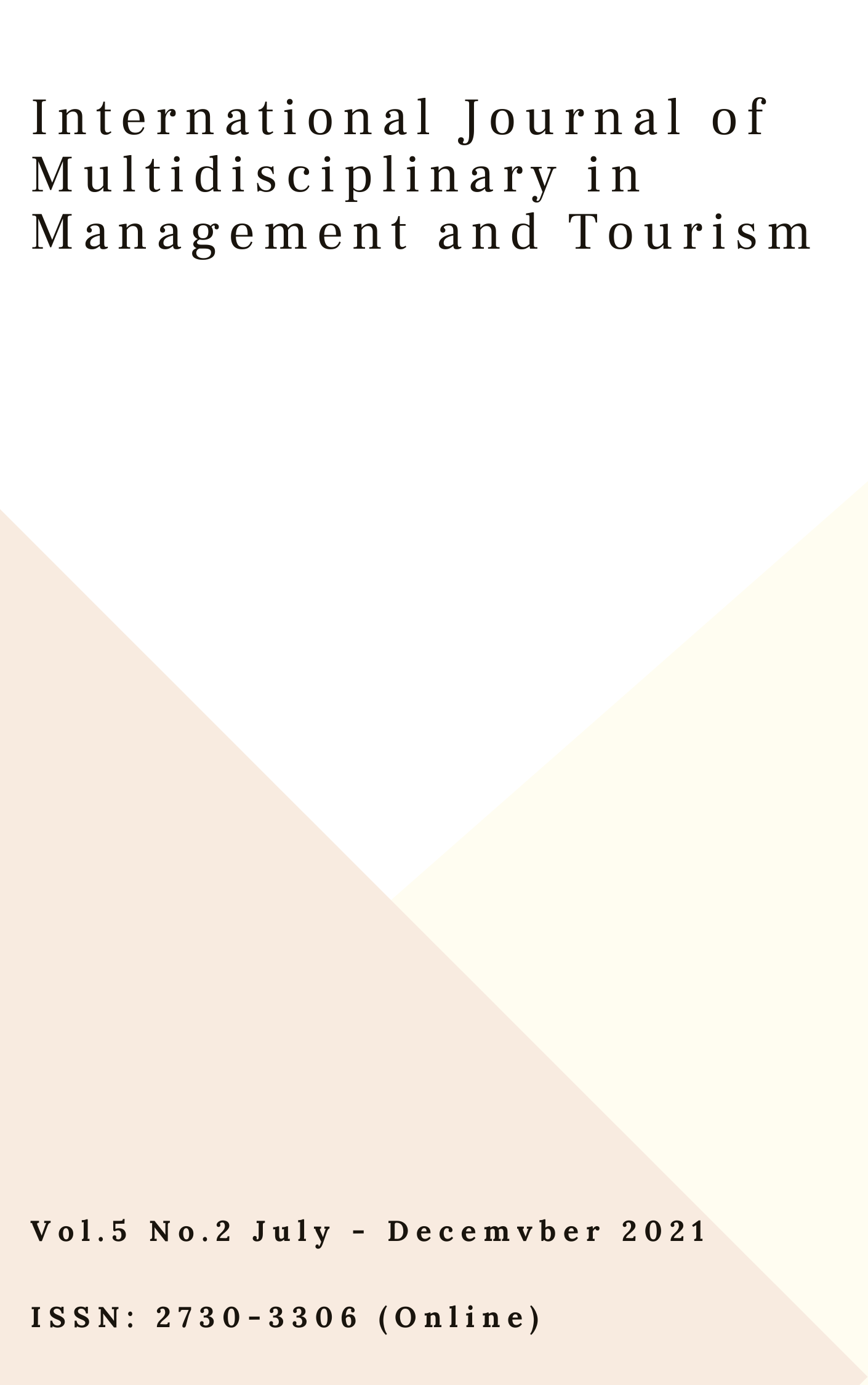A SEM-based Analysis in Constructing Occupational Competence Profile for the Prison Police in China in the Information Age
Main Article Content
Abstract
Prison police are those who are engaged in prison management with the responsibility of the execution of sentences and the correction of offenders, which are also a vital force to maintain social stability. In the age of information, China's prison management system is constantly innovating and changing, thus placing higher demands on the professionalism of prison police officers. Prison police competency, as the potential ability of prison officers to perform well in prison management, becomes an urgent requirement to be targeted in order to improve the professionalism of the police cadre. The paper is constructed with questionnaire data to model the competency characteristics of prison officers based on the structural equation modelling approach, relevant literature, and competency model. The paper simultaneously adopts AMOS as an analytical tool for fitting index calculation and parameter estimation, aspiring to generate a competency model with high dimensional matching for prison police officers, enabling job personnel performance level prediction and offering a sound reference for the selection of prison police officers, thus guiding the practical human resource management. The ultimate founding shows that the stronger the business ability, the stronger the competency of prison police.
Article Details

This work is licensed under a Creative Commons Attribution-NonCommercial-NoDerivatives 4.0 International License.
References
Deng, S., & Xing, Z. (2015). Construction of competency model of prison police. Collection of Political Science and Law.
Feng, J. (2014). On the prison security management platform. China Public Security, 10, 147-149.
Feng, Q., Sun, P., & Huang, G. (2011). Research on the status quo and countermeasures of prison information construction. Chinese Journal of Prisons.
Gao, Y. (2015). Research on the construction and application of prison police competency model. Liaoning Normal University.
Huang, Y. (2006). Informatization and prison management innovation-construction of criminal account management system. China Management Information Technology, 9, 10-12.
Joerekog, K. (1993). Testing structural equation models. Contemporary sociology.
Li, P. (2015). Analysis on the status quo of physical fitness test in police recruitment. Sports Science and Technology Literature Bulletin, 23(12), 118-119.
Liang, S. (2020). Research on the professional competence and competency improvement of college counselors in the new era. Theoretical Research and Practice of Innovation and Entrepreneurship, 3(17), 166-167.
Peng, D. (2011). Research on the standard system of prison informatization construction. Science & Technology Information, 16, 7-17.
Shi, Z. (2017). Design of performance appraisal system for sales staff of Tianqi Shengye Company. Liaoning Technical University.
Shu, Y., & Mo, L. (2008). Research on the evaluation index system of professional competence psychological quality. Psychological Science, 5, 1039-1044.
Tao, X. (2012). Classification on how to strengthen the management of prison police. Rule of Law and Society, 34, 197-198.
Wang, Y. (2016). Talking about the shortcomings and new ideas of traditional enterprise performance appraisal. China Petroleum & Petrochemical.
Wu, M. (2009). Structural equation model -AMOS operation and application. Chongqing University Press.
Yao, S., & He, R. (2013). Performance management based on competency model. Chongqing and the World: Academic Edition.
Zhang, K.. (2016.). Analysis of job burnout of prison police form the perspective of psychology. Tianjin University.
Zhang, Q. (2013). Research on the design of general competency framework for the internal auditing profession in Chinese enterprises - Based on the analysis of questionnaire survey. Journal of Accounting Research, 51(1), 84-91.

